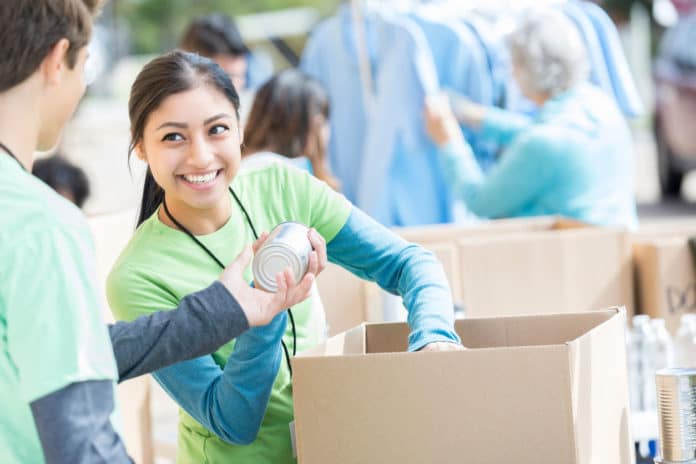High school teens in California who participated in community aid groups, and join school or other clubs, have healthier lifestyle and more likely to aspire attending college, suggests a new study.
Despite race or family salary, one out of three teens have a high state of civic viability, characterized as thinking about issues, feeling associated with other people who are occupied with city exercises and feeling as though they can make a difference. Nonetheless, there is a noteworthy gap by race and salary between the individuals who are keen on and the individuals who participate in civic activity.
For the study, scientists used responses of 2,253 teens from the statewide 2013-2014 California Health Interview Survey. They observed four areas of civic engagement among high school age teens in its analysis:
- Civic efficacy
- Participating in school or extracurricular clubs
- Volunteering
- Being part of an organization that tries to make a difference
Almost 64% teens reported that they volunteered in the past year, making it the most common civic activity. Those from lower-income households (below 200 percent of the federal poverty level) had the lowest rates of volunteering, 45 percent.
Of racial and ethnic groups, 55 percent of Latino teens said they volunteered, compared to 66 percent of multiracial teens and Asians, 68 percent of African-Americans and 78 percent of whites.
Based on citizenship status, naturalized teens exceeded U.S.-born teens in rates of civic participation in three of four measures: They have high civic efficacy (45 percent vs. 33 percent, respectively); belong to two or more clubs (42 percent vs. 29 percent); and are in an organization that is trying to make a difference (61 percent vs. 40 percent). They match their U.S.-born counterparts in the remaining category, volunteer activity, 66 percent.
The survey showed that teens with high levels of civic efficiency are more likely to report- good health than low civic efficacy. The latter group of teens is more likely to miss school for health reasons than the first group, 29 percent vs. 16 percent. Teens who participate in an organization that strives to make a difference are more likely to say they will attend college, 72 percent to 50 percent.
Robert Ross, president and CEO of The California Endowment said, “California’s youth are an asset and we need to provide opportunities so they can contribute to the larger good by participating in civic life.”
Scientists noted, “Community groups and schools increase opportunities for civic engagement among teens by expanding and supporting programs that help youth improve their communities; encourage participation in civic engagement at middle and high school levels, particularly in low-income areas and communities of color; and actively seek out, engage and welcome youth who are not traditionally included in community and school civic activities.”
Joelle Wolstein, center research scientist and co-author of the study said, “In many cases, it’s not that teens lack interest in community and political issues. What they may lack is the means and opportunity to participate.”
